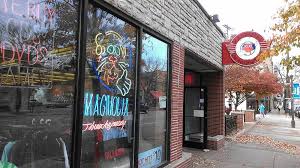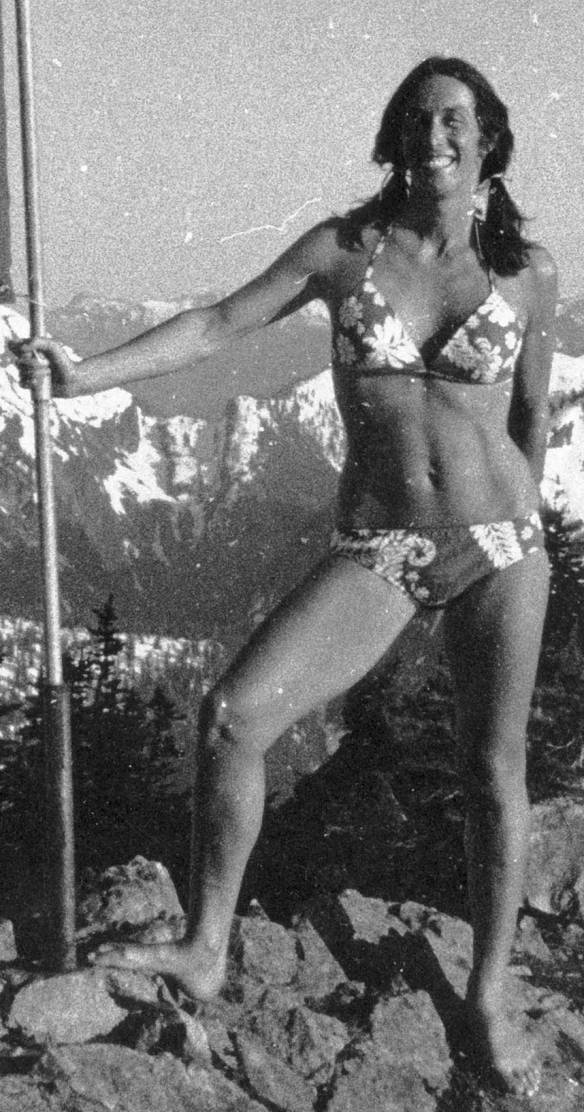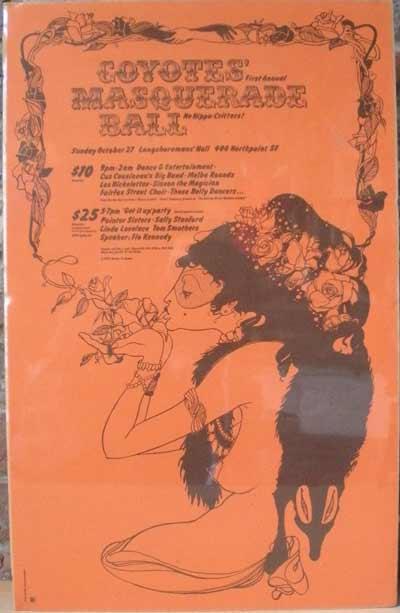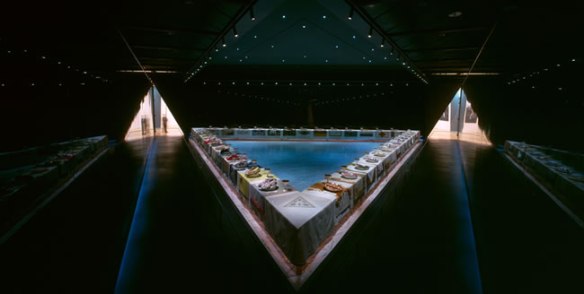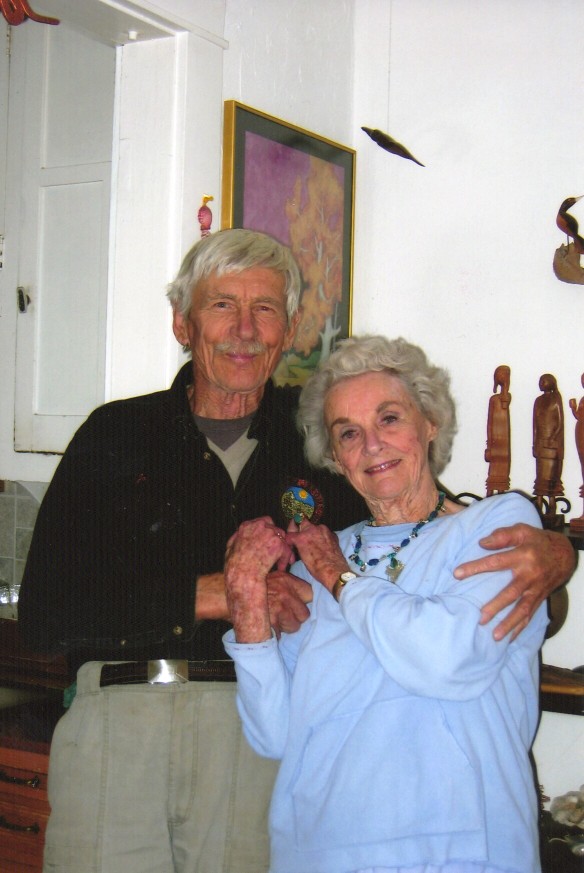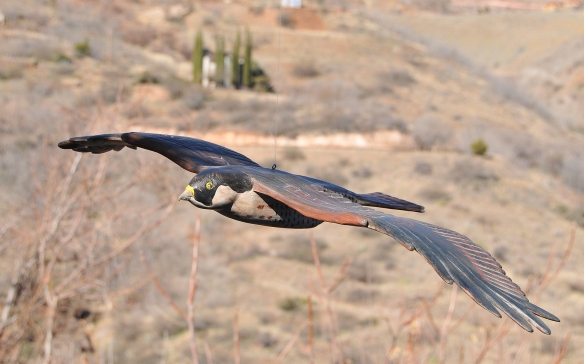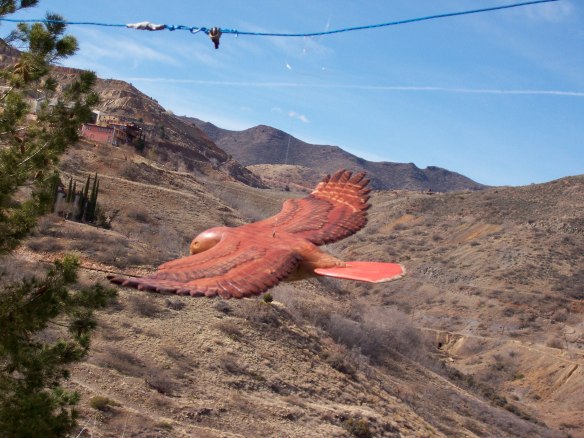Copyright 2019 by Diane Sward Rapaport
Reproduction only by permission of the author
In 2006, an email from a stranger reeled me back into my life in San Miguel Allende, Mexico during the nineteen sixties. “I have an interest in Neal Cassady’s time here. Anything you can tell me about Neal during this period would be greatly appreciated. Recall any of your conversations?”
Neal was mythologized in two rebel cultures: beatniks and hippies. He was barely disguised as Dean Moriarity in Jack Kerouac’s book On the Road—two mavericks on a drug-laced adventure across country to find God. Neal was the chauffeur of ‘Further,’ the garish psychedelic bus that took a menagerie of Merry Pranksters across the country in the mid-sixties. Their rollicking adventures, fueled by LSD and other psychoactive drugs, were chronicled in Tom Wolfe’s book, “The Electric Kool-Aid Acid Test.”

The Magic Bus—a 1939 Iternatioanl Harvster repainted by the ‘Merry Pranksters that toured the country with Ken Kesey.
I flipped the stranger off. “I’m sorry I don’t remember much. It’s like the old joke about spaced-out hippies: ‘If you can remember the sixties, you weren’t really there.’”
The truth was that I wasn’t spaced out. I was a wannabee writer with a Master’s degree in Renaissance Lit from Cornell University who was fleeing from my first husband and packing two young children under five years old. In 1964, I was twenty-five years old, hadn’t read Kerouac’s books and didn’t know any hippies.
When I was eighteen, I thought I knew what I was doing. In San Miguel, I woke up to the much sadder recognition that I didn’t have any clear vision of who I was and who I would become—a pretty ingénue whose identity was still unshaped.
I had retreated to a remote, hilly village, terraced with cobblestone streets, where I could live on $100 a month.
That was the context for meeting Neal Cassady.
One of my friends took me to an evening party at Taboada, a local hot springs out of town. I was surrounded by people who knew everything I did not about the hippie culture, most of them nude, with propensities for consuming large amounts of speed, acid, peyote mushrooms and marijuana, swallowed with tumblers of tequila.
Neal was hanging out on the outskirts of the group with his back turned on them. He was easily the handsomest man there—early forties and dressed in khaki pants and clean shirt. No beard. No long-hair. As I moved closer, I heard him delivering a rapid-fire monologue to the full moon, describing everyone at the party with what seemed unusual canniness, acerbity, wit and accuracy. As the party got wilder a, Neal kept throwing pills down his throat, lucid as the brilliant light that etched him into that surreal scene. When we drove away, he was still talking to the moon, the last man standing.

Neal Cassady. Used by permission of Carolyn Cassady.
It was my first introduction to hippies. At first, they seemed like just another group of flamboyant Americans who were passing through.
I was an enthusiastic observer of people with no center to them, no thread that could seam them together and make something whole. San Miguel was full of them, a remote town where Americans and Canadians drifted in to invent their past lives and try on new ones. I was in that middle stage, a past life in shambles and a new one I couldn’t yet glimpse.
One of my friends said that I avoided people getting too close to me by making then talk about themselves. It wasn’t that I was afraid of people getting too close—the observer in me was a refuge I could contain myself in until I could figure out the maelstrom that was swirling inside me.
I was pulled into Neal’s orbit and became one of the satellites that circled around the brilliance of his sun.
Part II.
Neal arrived in San Miguel Allende in 1964 in George Walker’s red Lotus convertible to a huge fanfare among the hippies. It was easily the most exotic car anyone had ever seen on these narrow streets.

The Red Lotus Elan—a Classic in any generation.
The hippies had a large reverence for Neal. Each told me he was their newest best friend and emphasized his assured place in history (how Kerouac worshipped him; how he was the LSD acid king, how he spent two years in prison; how he was addicted to bennies (speed) and could out drink and out drug them all. I was struck by what seemed like hero worship from young down and outers who venerated this collection of odd accomplishments.
What his friends considered heroic, I considered sad. As I came to know Neal, I understood that he too considered his life sad: he was a legend for all the wrong reasons. As I would later find, sadness and isolation often accompany fame, and these can warp into addiction and a self-destruct that finally destroys the talent that spawned it.
“How would you like to go out to the hot springs and take some mushrooms, Neal asked soon after we met. I said yes, not knowing in the least what was going to happen. He dosed me and then wandered away, as I slowly began to recede into my inner journey. At some point my sense of time vanished. There were no boundaries between me and a color, a word, a number, a star; everything was broken into fragments. I didn’t know whether I was alive or dead and I was too out there to care, fascinated to be floating among so many disparate images. No sentences. No thoughts. No revelations.
The sound of a train hauled me back to the hot springs. It was beginning twilight, but I had no idea whether I had been there for days or weeks. Then everything became a sequence of comic strips that set me laughing uncontrollably. No Neal. The wind rippled shadows through the grasses like waves. Eventually Neal appeared, and we went home. I didn’t speak. Didn’t talk about ‘my trip.’
Ten years would pass before I did mushrooms again. I didn’t like being that far out of control. And who knows perhaps seeing my mind break into all those fragments was a metaphor for not really being able to piece together my life into one coherent whole.
Part III.
Neal and I did become lovers, but only for a short while. The chemistry was off. Instead, we became close friends. We shared a spacious home in the center of town, the Murillo house we called it, with a large interior patio with two trees. It belonged to some middle class people who mysteriously fled and disappeared. The house was rented to us for $40 a month by Rosendo, an old and odd Mexican, who had a drooping red eyeball that always seemed ready to fall out. Every morning, the roosters would start crowing at 4 a.m.; then the dogs howled starting from far up town; and on Sundays, the bells of twenty-seven Catholic churches tolled, not all in perfect pitch—a splendid cacophony.
Some of the time that Neal was in San Miguel, he would stay with his girlfriend JB and take a lot of speed. He’d show up at my house when he needed to come down off of eight or ten days of speed and little sleep. I would immediately boil up a dozen soft-boiled eggs, which he drank in one big gulp. He told me that protein helped restore his dopamine. Then he’d sleep for twelve to sixteen hours. When he woke up, he had a different lucidity, one that enabled us to become solid friends, He’d stick around my house unstoned for many days, and we were easy and comfortable with each other. He liked that I didn’t relate to him as an icon. He became someone I could talk to freely about my emotional wreckage; and he to me about his, which included two wives and five children. He revealed to me how deeply ashamed he was; and that the drugs were his hideout, and I was a refuge. He told me that I knew his internal engineering better than anyone he’d ever met.
One night, Neal burst into my bedroom while I was sleeping, turned on the light and killed a scorpion crawling towards me on my pillow. Another time he showed up at the house quite unexpectedly, because he had some flash I was going to burn the house down; and indeed I had left a stove burner on with a wooden cutting board carelessly left on top. I was to come to know well the psychic quality in people that had done hundreds of acid and mushroom trips. Their minds become unhinged and they easily pass through the thin membrane that leads to clairvoyance.
Neal was the first addict I knew with any specificity. What I came to realize was that his hatred of himself and his addiction, and the love many had for him, could not help him from deraiing his life.
For the next four years, Neal came to San Miguel about once a year, always leaving abruptly. Our lives would intersect, and then we’d go our separate ways. The second year Neal was gone, I got talked into finding jobs for a rock band that one of my friend’s had put together, largely because one of the lyric writers claimed he had once played with the Beatles and was having his upright bass repaired in Mexico City. Eventually he ripped a bunch of money from the band and left town. Several years later, we discovered he fled back to Kansas and his old job as a shoe salesman. The job I got the band in Mexico City led to a good living in San Miguel and a distinguished career as an artist’s manager in the music industry.
The last time Neal was in San Miguel was early 1968. He told me, “Look, I’m becoming all my worst images. I’ve got no work, and I’m a lousy lover. What else is there, I mean?” He professed wanting to quit speed; hoped that Allan Ginsberg would come down and somehow save him. He told me how tortured he was by the menagerie that flocked around him and clung like leeches. I would talk to him about what it might be like to live somewhere anonymously and reinvent his life.
He was the first addict I knew with any specificity. What I came to realize was that his hatred of himself and his addiction, and the love many had for him, could not help him from derailing his life.
The night before he died, I had a dream. Neal was spinning and breaking up in front of my eyes. He became a shooting star dropping into a small smiling crescent moon that has just emerged from the horizon.
I woke up to a tapping at my door. A policeman had come to tell that me Neal was dead. He was found some twenty miles outside of town, near the railroad tracks. He had fallen in with a party of Mexicans and rode his life out on speed and tequila, a runaway train bound for destruction.
Later that day, I learned that Neal had written his own epitaph. Scrawled in red lipstick on the bathroom mirror of his girlfriend’s house was: “Just a gigolo, wherever I go.”

